Technical information related to US weapons production is often secret, however, faced with the current difficult state of the arsenal, Washington has shown more flexibility and Japan is the partner of choice.
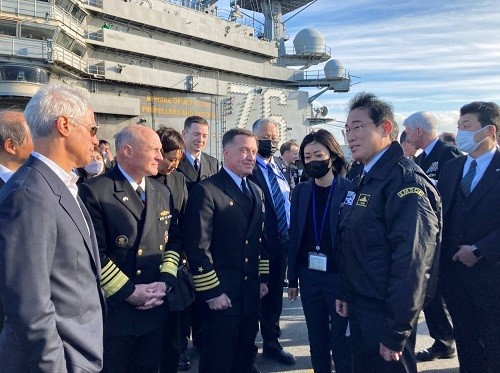 |
| Prime Minister Fumio Kishida and US Ambassador to Japan Rahm Emanuel (far left) meet aboard the USS Ronald Reagan supercarrier on the sidelines of the Japan Maritime Self-Defense Force's International Fleet Review near Tokyo in November 2022. (Source: Reuters) |
Time for a turnaround
One of the notable contents within the framework of the Japan-US Defense Industry Cooperation, Procurement and Maintenance Forum (DICAS) on June 10 was the agreement of the two sides to establish a working group on joint missile production.
The question is why did the US and Japan choose this moment for such a contentious area of cooperation?
Japanese Prime Minister Kishida Fumio and US President Joe Biden agreed at a summit in April to launch an agreement on a joint missile production program between the two countries, with the US as the main promoter.
The US military is currently facing a serious shortage of weapons due to military assistance to Ukraine and Israel. With this cooperation, Japan will contribute to making up for the shortfall in missiles in the US military's arsenal.
The Japanese government has decided to revise the “three principles for the transfer of defense equipment and technology” by the end of 2023, and export Patriot air defense interceptor missiles to the United States.
These three principles include government regulations relating to the export and international joint development of defense equipment.
Accordingly, in the case of Japan exporting defense equipment, this regulation clearly states: (1) Transfer to parties in military conflict is prohibited; (2) The transfer must contribute to international cooperation and Japan's security; (3) The recipient must have Japan's prior consent if it wants to use it for other purposes or transfer it to a third country.
Under the three revised principles, Japan cannot directly send weapons to countries or regions involved in military conflicts.
However, the US could make up for the shortage of weapons in its inventory after supplying them to Ukraine and keeping them for use only in the US. This would not only be limited to exports but also include joint production, thereby deepening the Japan-US alliance.
Japan also has an advantage in strengthening its supply chain. As the security environment in East Asia is becoming more complex with issues such as North Korea and the South China Sea, strengthening Japan’s defense capabilities is an urgent issue, and increasing missile production will be one of the pillars of deterrence.
Japan has embarked on strengthening its defense industrial base based on three security-related documents announced in late 2022 to enhance deterrence, including the new National Security Strategy.
Obviously, the joint missile production with the US is expected to play a role in increasing profits for domestic defense-related companies. The supply system will be enriched and help strengthen Japan's logistics, engineering, and equipment capabilities in case of need.
Any problem can be solved
Currently, several Japanese companies have been identified as having the capacity to produce missiles on order from the US, such as Mitsubishi Heavy Industries, which is currently manufacturing under license from US defense giants Lockheed Martin and RTX (formerly Raytheon Technologies).
Meanwhile, Kawasaki Heavy Industries produces anti-tank missiles, while Mitsubishi Electric produces medium-range surface-to-air missiles (SAMs) that can shoot down cruise missiles and aircraft. Toshiba also produces short-range SAMs.
Mitsubishi Heavy Industries will also develop an improved version of the Type 12 surface-to-ship missile, capable of counterattacking enemy missile sites, and a high-speed glide missile for island defense. However, the Defense Ministry did not disclose the number of missiles it can provide annually due to the country's defense secrets.
The DICAS forum discussed the types of missiles that will be jointly produced.
There is an opinion within the Japanese Defense Ministry that it would be difficult to jointly produce missiles that are not yet produced in Japan.
In addition to the Patriot, missiles that Japan produces under license from the US include the Sea Sparrow and Improved Hawk air defense missiles. The US also supplies these two types to Ukraine and may be candidates for joint production with Japan in the near future.
The focus of the co-production will be technology transfer from the US side.
Although it considers Japan an ally, the United States has traditionally been cautious about transferring important technology.
It is reported that once the license is granted, most of the components will be manufactured in Japan.
According to the Japanese Ministry of Defense, up to now, in the production of Patriot, some components were imported from the United States and assembled in Japan. This is because the product contains black box components whose technical information was not disclosed by the United States to the manufacturer.
On June 10, speaking to the press, US Ambassador to Japan Rahm Emanuel expressed a flexible approach to technology transfer, saying that in order to ensure joint production progress and maintain strong deterrence capabilities, the main issue lies in technology transfer procedures and sometimes this can be agreed upon within the framework of bilateral work.
Another issue discussed was the burden on Japanese private companies undertaking defense equipment production under cooperation contracts with the United States, even though the Japanese and US governments agreed that DICAS would be a mutually beneficial project that would benefit both sides.
Source: https://baoquocte.vn/muon-cuu-nguy-kho-vu-khi-my-se-truyen-nghe-cho-nhat-ban-275306.html


![[Photo] More than 17,000 candidates participate in the 2025 SPT Competency Assessment Test of Hanoi National University of Education](https://vphoto.vietnam.vn/thumb/1200x675/vietnam/resource/IMAGE/2025/5/17/e538d9a1636c407cbb211b314e6303fd)

![[Photo] Prime Minister Pham Minh Chinh chairs meeting on science and technology development](https://vphoto.vietnam.vn/thumb/1200x675/vietnam/resource/IMAGE/2025/5/17/ae80dd74c384439789b12013c738a045)
![[Photo] Readers line up to visit the photo exhibition and receive a special publication commemorating the 135th birthday of President Ho Chi Minh at Nhan Dan Newspaper](https://vphoto.vietnam.vn/thumb/1200x675/vietnam/resource/IMAGE/2025/5/17/85b3197fc6bd43e6a9ee4db15101005b)











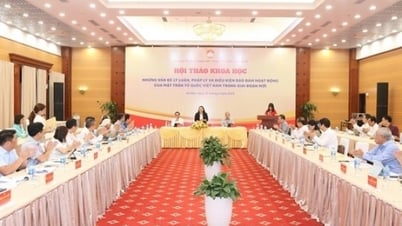

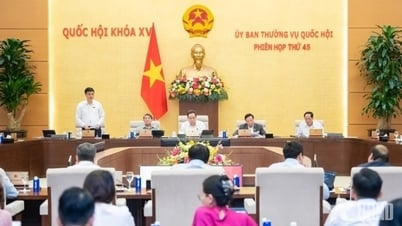
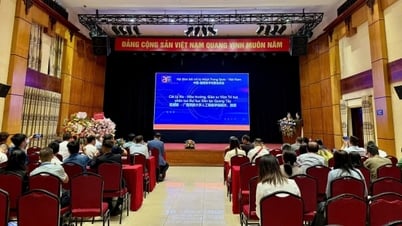
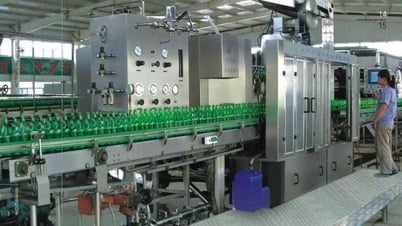







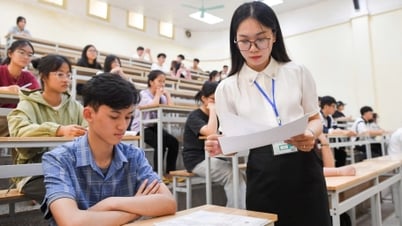
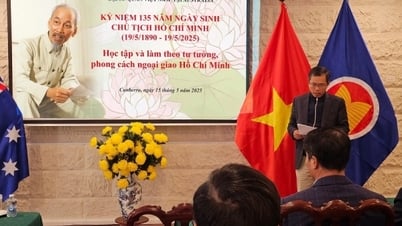
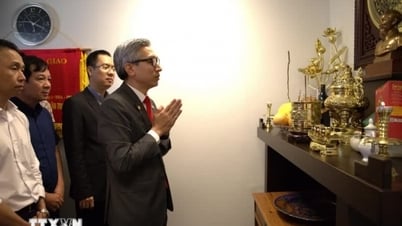
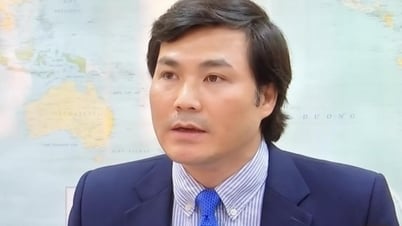

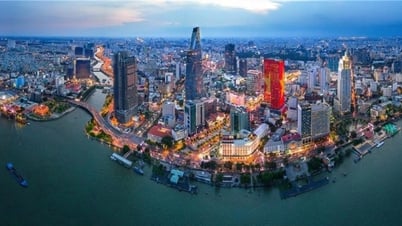
![[Photo] Nearly 3,000 students moved by stories about soldiers](https://vphoto.vietnam.vn/thumb/1200x675/vietnam/resource/IMAGE/2025/5/17/21da57c8241e42438b423eaa37215e0e)







































































Comment (0)